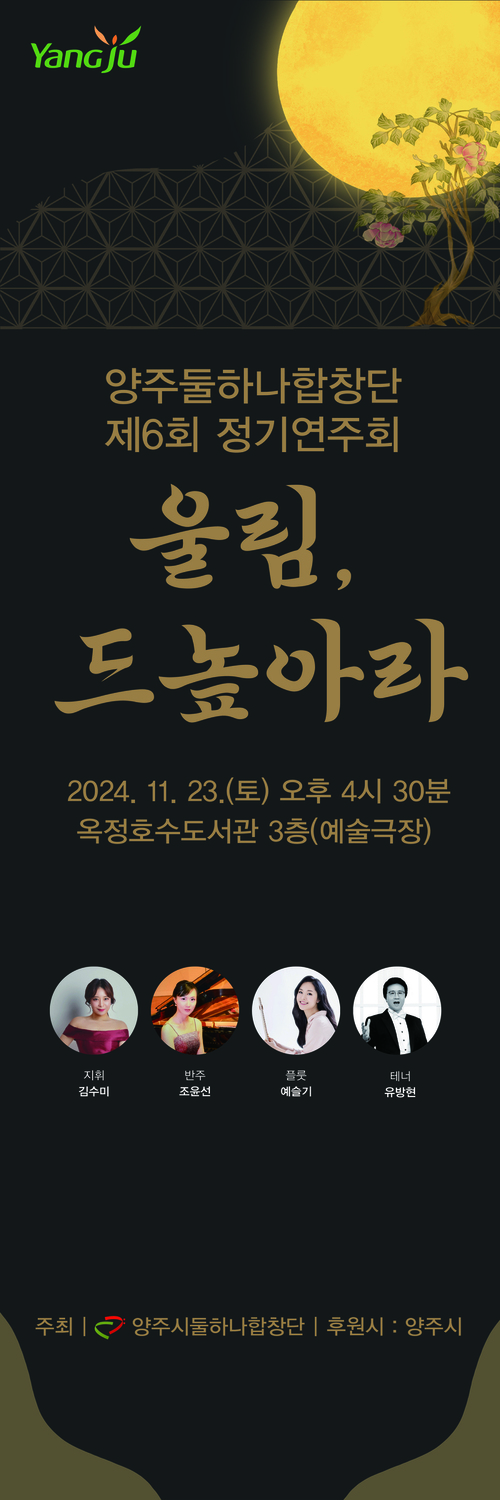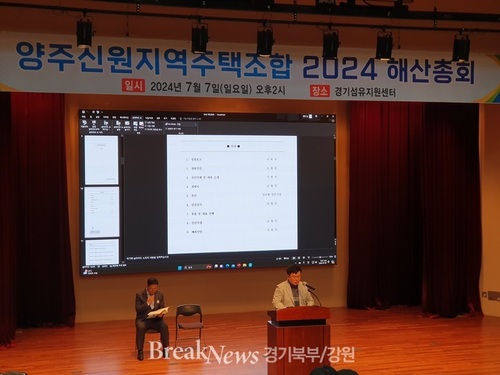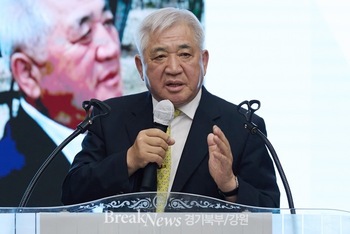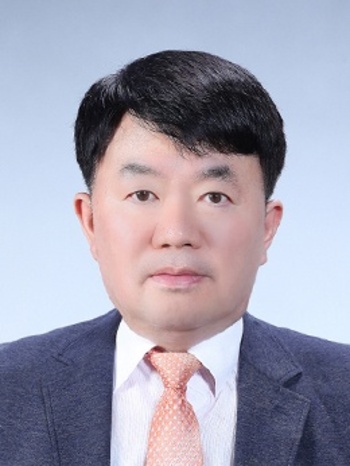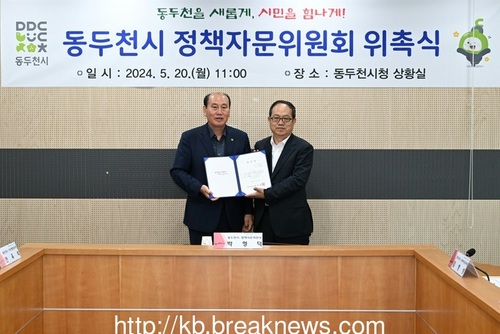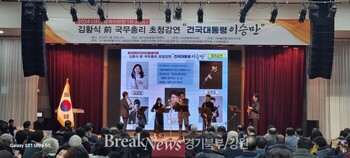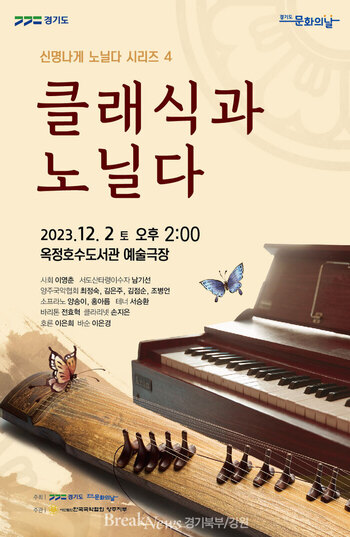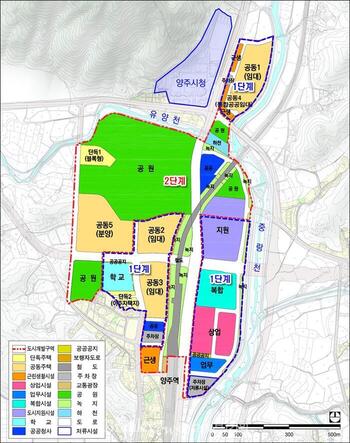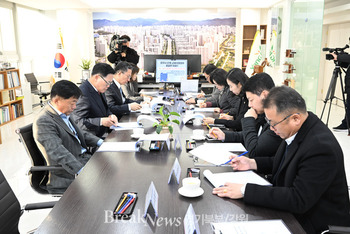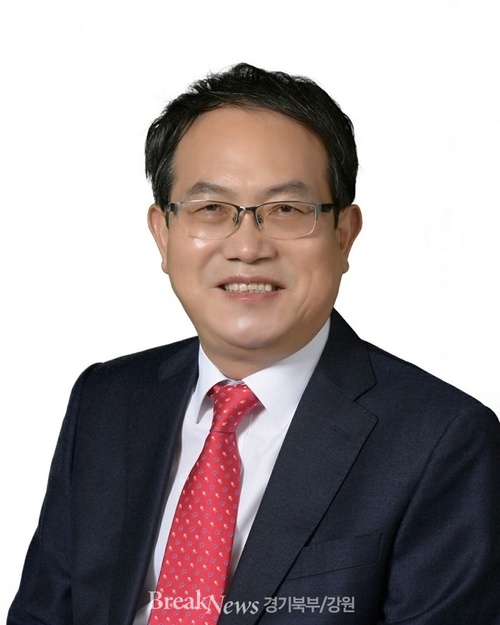GH, 경기도 아동가구 주거실태 현황 통계결과 공표
주거빈곤 아동가구 위한 지원방안 마련하고 정책 수립의 기초자료로 활용하기 위한 조사
GH, 경기도 아동가구 주거실태 현황 통계결과 공표주거빈곤 아동가구 위한 지원방안 마련하고 정책 수립의 기초자료로 활용하기 위한 조사
경기도 아동가구 주거실태조사는 경기도내 아동가구의 주거 현황과 문제점을 파악하여, 주거빈곤 아동가구를 위한 지원방안을 마련하고 정책 수립의 기초자료로 활용하기 위한 조사라고 했다.
이번 조사는 경기도 내 31개 시·군을 경부권역, 경원권역, 경의권역, 동부권역, 서해안권역 등 5개 권역으로 나누어 표본으로 선정된 만 18세 미만 아동이 있는 4,025가구를 대상으로 실시했으며, 해당 자료는 통계청 산하 기관인 한국통계진흥원과의 협업을 통하여 국가승인통계로 실시됐다고 했다.
지난 2021년 3월 5일부터 4월 15일까지 조사원이 아동가구를 직접 방문 조사하는 면접조사 방법을 원칙으로 했으며, 필요시 응답자 기입 방법을 병행했다고 했다.
조사 항목은 가구의 주거실태, 가구의 주거비 부담과 지출, 건강과 교육, 복지소요, 가구 현황 등 총 5개 부문 38문항으로 구성했고, 주거빈곤 범주에는 현행 「주거기본법」에 근거를 두고 있는 ‘최저주거기준’에 미달하는 가구, 지하·옥상 거주 가구 등이 포함된다고 했다.
GH가 이번에 실시한 4,025 아동가구 표본 조사 결과를 표본 모집단인 2018년 인구총조사 경기도 가구수를 기준으로 추정한 결과 경기도 아동가구는 1,474,788가구, 경기도 주거빈곤 아동가구는 경기도 아동가구의 6.9%인 101,657가구로 추정된다고 했다.
주요 가구 특성을 살펴보면, 아동가구의 가구원 수는 3인이 48.4%로 가장 많은 반면, 주거빈곤 아동가구는 4인 가구가 47.2%로 가장 많았으며, 가구 월평균 소득은 아동가구의 경우 500만원 이상이 31.2%로 가장 많았고, 300~400만원이 25.0%, 400~500만원 23.2% 등의 순이였으며, 주거빈곤 아동가구는 200만원 미만이 41.6%로 가장 많고 200~300만원이 38.1%로 그 뒤를 이었고, 아동가구 중 주거급여 등 국민기초생활보장제도에 의한 수급가구는 4.2%인 반면, 주거빈곤 아동가구의 24.6%에 달했다고 했다.
주요 주거 특성을 살펴보면, 주거빈곤 아동가구의 점유형태는 민간임대(74.5%), 공공임대(20.2%), 자가(5.3%) 순으로 자가 가구 비율이 아동가구(56.2%)에 비해 크게 낮았으며, 거주 주택 유형은 아동가구의 경우 아파트가 74.7%로 가장 높지만, 주거빈곤 아동가구는 연립·다세대주택 거주가구 비중이 45.1%로 가장 많고, 아파트 거주가구 비율은 23.0%로 가장 낮았다고 했다.
평균 주거 전용면적과 평균 방 개수는 아동가구는 76.4㎡, 2.7개이고 주거빈곤 아동가구는 35.0㎡, 2.0개이며, 주거빈곤 아동가구 중 단칸방 거주 비율은 15.0%로 아동가구(1.8%)에 비해 높았다고 했다.
지난 1년 동안 주거비 부담으로 다른 지출을 줄인 경험이 있는 비율은 아동가구(27.5%)보다 주거빈곤 아동가구(61.7%)가 크게 높고, 두 집단 모두 외식비를 줄였다는 응답비율이 높았다고 했다.
현재 주택이 아동의 건강에 부정적 영향을 미치는 요소를 살펴본 결과, 아동가구와 주거빈곤 아동가구 모두 ‘비좁음과 사생활 공간 부족’의 비율이 가장 높았다고 했다.
현재의 주거환경 개선을 위해 필요한 주거복지 프로그램으로는 아동가구는 주택구입자금대출, 공공임대주택, 전세자금대출 순이고, 주거빈곤 아동가구는 공공임대주택, 전세자금대출, 에너지 바우처 순으로 응답비율이 높았다고 했다.
이번 조사를 통하여 경기도 주거빈곤 아동가구에 대한 공공임대주택 공급과 주거비 지원 뿐만 아니라 교육, 건강, 상담 지원 등 통합적 서비스 지원이 필요한 것으로 나타났다고 했다.
안태준 GH 사장 직무대행은 “이번 조사 결과가 경기도 내 주거빈곤 아동가구의 주거안정을 위한 경기도 지원정책 수립에 적극 반영될 수 있도록 노력하겠다”고 밝혔다.
* 아래는 위 기사를 '구글 번역'으로 번역한 영문 기사의 [전문]이다. * Below is the [full text] of an English article translated from the above article as'Google Translate'.
GH, Gyeonggi-do Children's Household Housing Status Statistical Results Announcement
A study to prepare support measures for households with children in housing poverty and to use them as basic data for policy establishment
[Reporter Il-woong Kim = Northern Gyeonggi/Gangwon] GH published the statistical results of investigation and analysis of the housing conditions of children's households in Gyeonggi-do.
It was said that the Gyeonggi-do Children's Household Housing Survey was to identify the housing status and problems of child households in Gyeonggi-do, to prepare support measures for households with children living in poverty, and to use them as basic data for policy establishment.
This survey was conducted on 4,025 households with children under the age of 18 who were selected as a sample by dividing 31 cities and counties in Gyeonggi-do into 5 regions: Gyeongbu, Gyeongwon, Gyeongui, Dongbu, and West Coast. It said that the data were conducted as nationally approved statistics through collaboration with the Korea Statistical Agency, an agency under the National Statistical Office.
From March 5 to April 15, 2021, in principle, the interview method was conducted in which the investigator personally visited and surveyed children's households, and if necessary, the method of filling out the respondents was also added.
The survey items consisted of 38 questions in 5 categories, including the housing status of households, household burden and expenditure, health and education, welfare needs, and the current status of households. It said that households that do not meet the 'minimum housing standard' and those who live on the basement or roof are included.
As a result of estimating the results of the 4,025 children’s household sample survey conducted by GH based on the number of households in Gyeonggi-do in the 2018 census, which is the sample population, 1,474,788 households with children in Gyeonggi-do and 101,657 households with children living in poverty in Gyeonggi-do accounted for 6.9% of children’s households in Gyeonggi-do. said to be presumed
Looking at the main characteristics of households, the number of children in the household is the largest at 48.4%, while the number of households with children in housing poverty is the highest at 47.2%. 31.2% were the most common, followed by 3 to 4 million won 25.0%, 4 to 5 million won 23.2%, etc. In the case of households with children living in poverty, those with less than 2 million won accounted for 41.6%, followed by 2 to 3 million won with 38.1%. , among children's households, 4.2% of households receiving the National Basic Livelihood Security system such as housing benefits accounted for 24.6% of households with children in housing poverty.
Looking at the main housing characteristics, the share of households with children in housing poverty was in the order of private rental (74.5%), public rental (20.2%), and self-owned (5.3%), which was significantly lower than that of children's households (56.2%). , As for the type of housing for children's households, apartments accounted for the highest at 74.7%, but as for households with children in housing poverty, the proportion of tenement and multi-generational houses was the highest at 45.1%, and the proportion of households living in apartments was the lowest at 23.0%.
The average residential area and the average number of rooms were 76.4 m2 and 2.7 for children's households, and 35.0 m2 and 2.0 for children's households living in poverty. The rate of single-room dwelling among households with children living in poverty was 15.0%, which was higher than that of children's households (1.8%). said
The percentage of households with children in housing poverty (61.7%) who have experienced reducing other expenses due to the burden of housing over the past year was significantly higher than households with children (27.5%), and both groups said that they reduced their eating out expenses.
As a result of examining the factors that the current housing negatively affects children's health, both children's households and housing-poor children's households had the highest rates of 'crampiness and lack of private space'.
As for the housing welfare programs required to improve the current living environment, the response rate for children's households is in the order of housing purchase loan, public rental housing, and Jeonse loan, and for households with children in housing poverty, public rental housing, Jeonse loan, and energy voucher are in order. Said it was high
According to the survey, it was found that not only the supply of public rental housing and housing cost support for households with children living in poverty in Gyeonggi Province, but also integrated service support such as education, health, and counseling support were needed.
Tae-Jun Ahn, acting president of GH, said, "We will do our best so that the results of this investigation can be actively reflected in the establishment of Gyeonggi-do support policies for housing stability of households with children living in poverty in Gyeonggi-do."
이 기사 좋아요
<저작권자 ⓒ 브레이크뉴스 경기북부 무단전재 및 재배포 금지>

댓글
김일웅 기자, GH, 경기도 아동가구 주거실태 현황, 통계결과 공표, 주거빈곤 아동가구 지원방안 마련, 정책 수립의 기초자료 활용 관련기사목록
|
많이 본 기사
경제 많이 본 기사
|












